A Tribute To The CAA, The Most Entertaining League Of The Decade
A Tribute To The CAA, The Most Entertaining League Of The Decade
The CAA was the wildest and most interesting league of the decade. It's an indisputable fact.
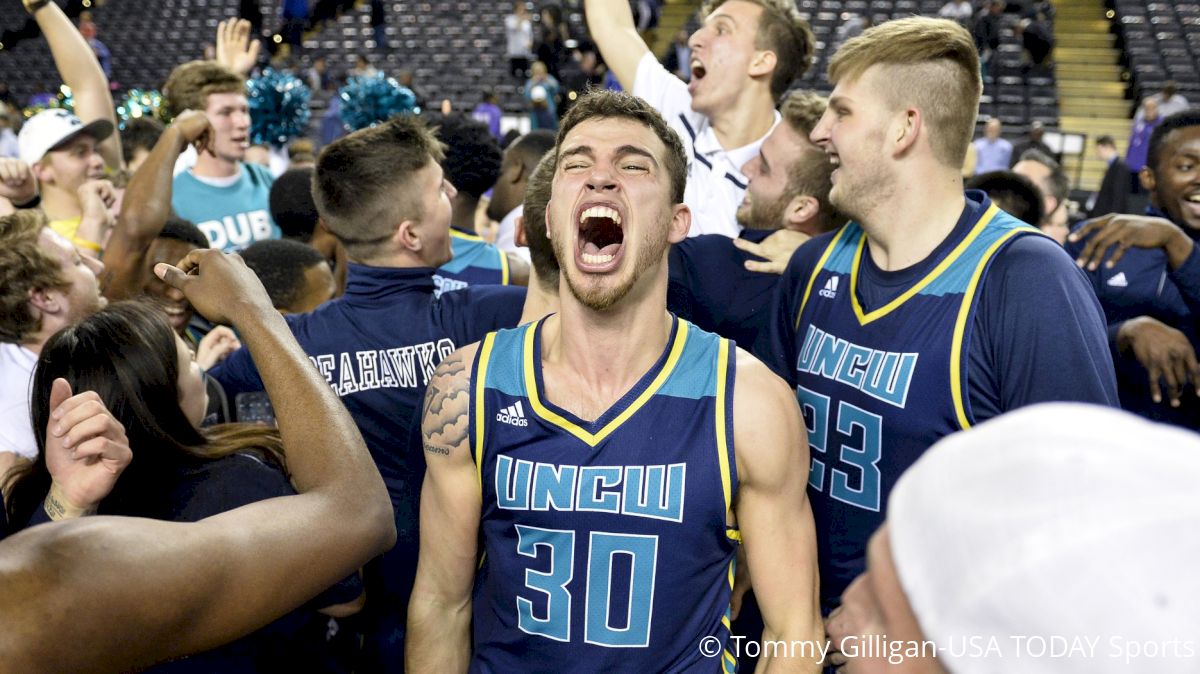
Every college basketball observer is going to think the league he or she watches the most was the wildest and most interesting of the decade.
So with that caveat: The CAA was the wildest and most interesting league of the decade.
The 2010s began with the CAA still riding the wave (and enjoying the units) generated by George Mason’s run to the Final Four as an at-large team in 2006. The CAA featured 12 schools and a power base firmly concentrated in its mid-to-southern Atlantic roots. Only four schools won the conference tournament in the first decade of the new century — founding members George Mason and UNC Wilmington as well as Old Dominion and VCU, who quickly became league mainstays upon moving to the CAA from the Sun Belt and the Metro, respectively, in the 1990s.
The men coaching these programs were outsized personalities protective of their turf and synonymous with their schools. Jim Larranaga used George Mason’s Final Four run to fashion a reputation as an aw-shucks, kindly grandfather type, even if everyone else in the CAA knew better. And who can forget Old Dominion’s Blaine Taylor dropping the “all hat, no horse” reference after a bitterly contested game against VCU and its hotshot rookie coach, Shaka Smart?
Even the second-tier programs were synonymous with their coaches. When you thought of Hofstra, you thought of the fast-talking New York lifer Tom Pecora. When you heard Drexel, you heard Bruiser Flint’s hilarious, NC-17 sideline vocabulary. When you saw William & Mary, you saw the courtly nature and white-hot competitiveness of Tony Shaver.
It was also a league with a decided defensive identity. From 2009-10 through 2011-12, the CAA had five, four and five teams rank among the nation’s top 100 in defensive efficiency at KenPom.com. The term “rock fight” was coined to describe grinding league games that were not for the faint of heart. No blood, no foul. Probably.
The 2009-10 season was a remarkably competitive one in which the league’s player of the year, Charles Jenkins, came from a seventh-place team, Hofstra, that went 10-8 in CAA play.
The league was even deeper the next season, which featured perhaps the most stunning second lightning strike in college basketball history. VCU not only made the Final Four, it did so as an at-large team and as the third CAA team in the newly expanded field of 68. The Rams one-upped George Mason’s feat by going from the “First Four” to the national semifinals. The six units (one unit for each of the five wins, plus another unit for reaching the Final Four) were worth a tidy $9.12 million for the CAA.
But the Rams’ stunning Final Four run was the first domino to fall in the reshaping of the CAA.
Larranaga, who seemed to be set for life at George Mason and had just directed the Patriots to a first-round NCAA Tournament win as an at-large team, exited for Miami. Mason’s Luke Hancock was one of four members of the CAA’s all-rookie team to transfer. Hancock went to Louisville while Hofstra’s Halil Kanacevic (Saint Joseph’s) and Chaz Williams (Massachusetts) followed Pecora (Fordham) to the Atlantic 10. James Madison’s Darren White transferred to Campbell.
By the start of the 2012-13 school year, VCU was gone to the Atlantic 10 and Georgia State (Sun Belt) and Old Dominion (Conference USA) announced their plans to move to new leagues in order to upgrade their football programs to the FBS level. George Mason also left for the A-10 following a 2012-13 season in which only seven teams participated in the CAA Tournament and the champion, James Madison, received a 16 seed and was assigned to the First Four pod in Dayton.
The league increased back to 10 teams over a two-year period by adding College of Charleston prior to the 2013-14 school year and Elon prior to the 2014-15 campaign.
The CAA’s style of play also underwent a permanent change in 2012-13, when no team was ranked among the top 125 in defensive efficiency at KenPom.com. The CAA has had three teams ranked within the top 100 in offensive efficiency in each of the last six seasons. In that span, a team has finished a season in the top 100 in defensive efficiency just five times. Last year, eight of the 10 teams were ranked 250th or lower in the latter category.
The exits of George Mason, Old Dominion and VCU brought some parity to the CAA. Five schools have won the title in the last seven seasons, as many different champions as the CAA had from 1995 through 2012. But a CAA team has not won an NCAA or NIT game since 2013, when James Madison won its play-in game.
Among coaches, the vibe is as competitive but much more congenial than it was at the start of the decade. The dean of CAA coaches is Bill Coen, who has been at Northeastern since 2006 and is so mild-mannered he inspired a Twitter account the one time he took off his suit jacket during a game. Only Towson’s Pat Skerry (ninth season), Hofstra’s Joe Mihalich (seventh season) and Charleston’s Earl Grant (sixth season) have been at their schools longer than four years.
Anyone see me last night, I actually was on the back of a chair for a game. #caahoops
— Bill Coen's Jacket (@BillsJacket) March 3, 2012
There will be ample reminders of how much the CAA has changed over the last decade during the first night of league action in the 2020s. Just as they did on Jan. 2, 2010, Hofstra and William & Mary are scheduled to oppose each other in Hempstead. The Tribe opened the 2010s by slugging out a 48-47 win. Anyone think that total won’t be exceed in the first half Thursday?
Related Content
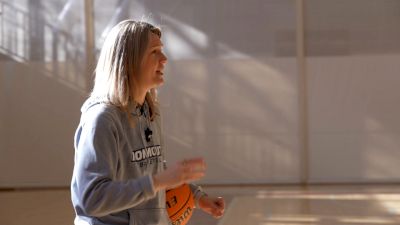 Monmouth Women's Basketball Coach, Ginny Boggess, Mic'ed Up Is Pure Gold
Monmouth Women's Basketball Coach, Ginny Boggess, Mic'ed Up Is Pure GoldApr 22, 2024
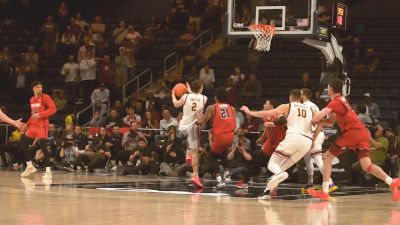 Former Charleston Guard Reyne Smith Is The Reigning CAA Men's Basketball Championship Most Outstanding Player
Former Charleston Guard Reyne Smith Is The Reigning CAA Men's Basketball Championship Most Outstanding PlayerApr 2, 2024
 Two-Time CAA POTY Aaron Estrada Helps Alabama Basketball To Final Four
Two-Time CAA POTY Aaron Estrada Helps Alabama Basketball To Final FourApr 1, 2024
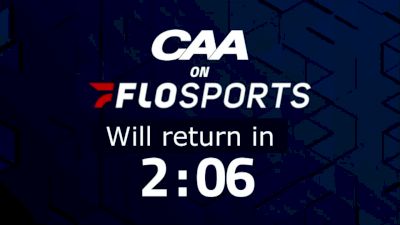 Replay: Troy vs NC A&T - WNIT | Mar 29 @ 7 PM
Replay: Troy vs NC A&T - WNIT | Mar 29 @ 7 PMMar 30, 2024
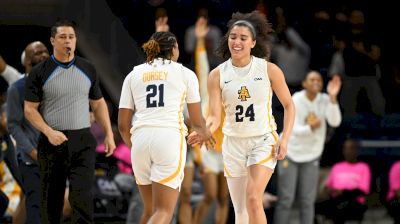 Troy Vs. North Carolina A&T WBB In WNIT Tournament: Here's What To Know
Troy Vs. North Carolina A&T WBB In WNIT Tournament: Here's What To KnowMar 29, 2024
 Replay: Old Dominion vs NC A&T - WNIT | Mar 24 @ 7 PM
Replay: Old Dominion vs NC A&T - WNIT | Mar 24 @ 7 PMMar 25, 2024
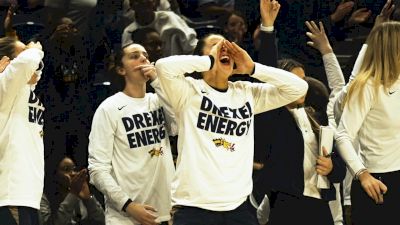 Drexel Women's Basketball Wins Third CAA Women's Basketball Championship Title
Drexel Women's Basketball Wins Third CAA Women's Basketball Championship TitleMar 19, 2024
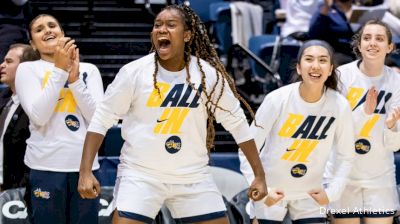 Drexel Women's Basketball Is In The 2024 NCAA Tournament: 5 things To Know
Drexel Women's Basketball Is In The 2024 NCAA Tournament: 5 things To KnowMar 18, 2024
 Watch Charleston Basketball Learn Its Facing Alabama In NCAA Tournament
Watch Charleston Basketball Learn Its Facing Alabama In NCAA TournamentMar 18, 2024